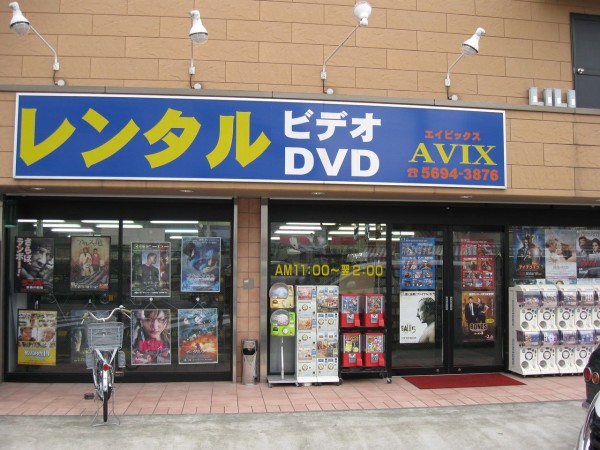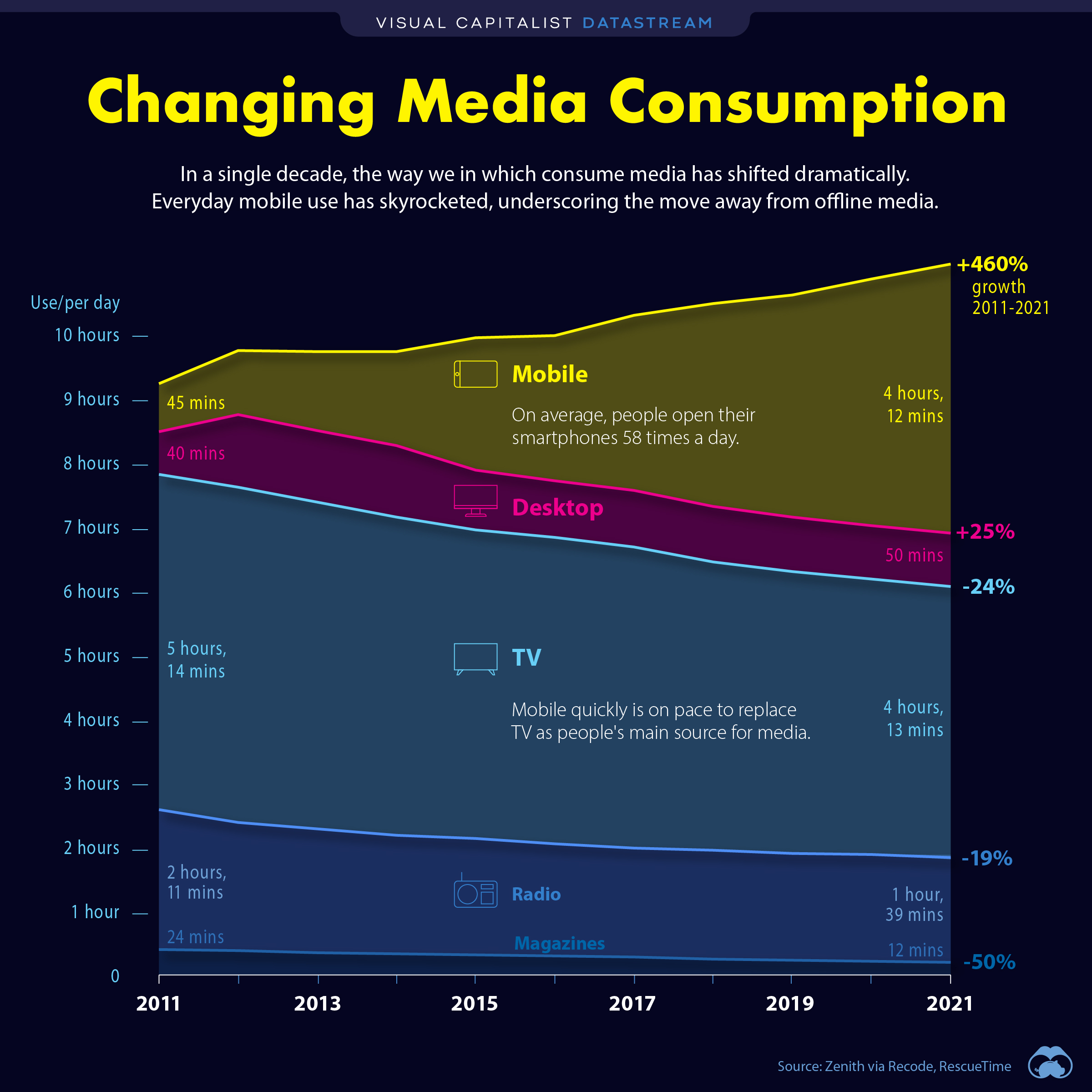
My indecisiveness definitely started at an early age, as early as I can remember. And it started in blockbuster stores. Growing up, my parents had strict rules on watching TVs and playing video games –– well, to be precise, video games weren’t allowed in my house until the Wii was released in 2006. Even then, the only game they let me and my brother play was Wii Sports (not complaining at all, this bald black NPC dude named Matt always beat me up in boxing). When I was 5, I vividly remember getting excited whenever my mother took me to a blockbuster store. Back then we had VHS rentals, and my go-to was either Pokemon anime or Wallace and Gromit. Seeing hundreds of VHS boxes lined up in endless aisles, I always wished I could just live there. My mother only lets me pick one episode or a movie, but it was nearly impossible for a 5 year old to decide. (thinking back I don’t know why I was so determined to pick the best one so I don’t regret it after) As we got out of the store holding hands, I thought to myself, “if I could only browse all Pokemon episodes from home.”

Dear 5 year old Masa, I have good news for ya. Now we can browse all Pokemon episodes at home. Better yet, we can BINGE all of them. Keep in mind that Netflix didn’t arrive in Japan until 2015, even though the platform came out a year before I was born. I honestly cannot remember the last time I went into a blockbuster store to actually rent something. Up until I came to the US in 2015, I never experienced streaming services: just cables.
That got me thinking, how much has media consumption changed since the birth of the medium? And how has that changed the way we interact with the media? The biggest change since the theatre-watching era is probably the multiscreen culture. It all started on a big screen in theatres, and just at theatres. But now we have screens everywhere: phones, TVs, laptops, and BILLBOARDS?! In a busy train station in Tokyo, we have LCD screen-digital posters all over the place, including the platform.

WHAT we consume in this multiscreen culture today has also changed. According to a Pew Research Centre survey, 86% of adults in the US get news from some kind of digital devices whereas only 32% of American adults get news from print publications in 2020, and of those 32%, only 10% answered that they use print publication often. In addition, 20% of them get news from social media. One of the effects from this phenomenon is how quickly we can access information today. It’s only a tap away, and if you type a few keywords, you’ll most likely find what you’re looking for. I remember hearing about Kobe Bryant’s Helicopter accident a few hour after it happened. I was shocked, not only because of how tragic that accident was, but also because of how fast word spread around these days. I was able to know what happened to a man and his daughter who are on the other side of the continent in about a few seconds. So, should the media deliver information as quickly as they can, or as accurately as they can? Most news platforms run on ads to make profit from the pages, so they naturally design dissemination in ways that catches readers attention to click on their link. Whether they use specific terms, in all caps, or even sometimes inaccurately, their main focus is becoming the first to deliver the information. We as consumers should really be cautious, for example by fact checking your source. Where it came from, what it says, what it means, and sometimes it’s good to think, “who would benefit from spreading this information?”

We are consuming information through the media exponentially and rapidly. We consume substantial amounts of information in a short amount of time, without having enough time to process. It’s scary how it is becoming a standard, in both academic and professional fields. And we barely think of people who can’t afford to have access to those tools to get right source of information because that’s what “mainstream” society looks like today.
Work Cited & Reference
- Rich Media: How We Consume Media Is Changing https://www.richmedia.com/richideas/articles/how-we-consume-media-is-changing
- Econsultancy: 16% of TV’s audience is using social media at the same time: stats https://econsultancy.com/16-of-tv-s-audience-is-using-social-media-at-the-same-time-stats/
- Visual Capitalist: How Media Consumption Has Changed Over the Last Decade (2011-2021) https://www.visualcapitalist.com/how-media-consumption-has-changed-in-2021/
- Death of The Artist, William Deresiewicz
Leave a comment